Its among strangers. Quality French croissant
After the most famous examples of the Wehrmacht trophy technology have already been reflected in our notes, the idea arose of telling about lesser-known machines. And let's begin, perhaps, with a light armored vehicle Renault UE.
The car was originally from the turn of the 20s and 30s, when the idea of ultralight armored tracked vehicles (concept authors comrades J. Cardin and G. Martel) was walking around Europe (and not only). The military, as expected, was interested in the possibility of their direct combat use, which seemed very doubtful due to the weakness of the reservation and armament (and sometimes its complete absence). So this kind of technology was primarily interested in countries that, for economic reasons, could not afford a large number of high-grade tanks, for example, Poland (TKS wedges) and Romania (the same Renault UE, produced under license).
Such machines initially interested the French army, but at the turn of the decades, this interest, for obvious reasons, subsided. Plus, the budget for new types of weapons was cut, the lion's share of allocations at that moment was spent on building fortifications of the Maginot Line. And, nevertheless, the French army needed a universal vehicle.
ТТ3 was issued to three companies: Renault, Citroen and Brandt. At the beginning, the idea was expressed about acquiring a license from the Vickers company for the wedge Mk VI. But the French government was not going to compensate the producers for the costs. The question was also what kind of chassis, tracked or wheeled, it is better to choose for the future car.
In the summer of 1930, the final decision was made in favor of the tracked vehicle. The closest in design to the Mk VI was the project of the company Renault. The machine was designed as a universal, with the possibility of installing weapons. At the factory, the conveyor was held as a Renault UE, and a specially designed trailer for it was Renault UK.
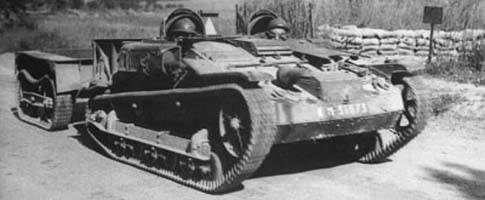
In October 1931, at the meeting of the PAS (Arms Advisory Council), the armored personnel carrier was adopted under the designation Chenillette de ravitaillement d'Infanterie Modele 1931 R.
He went to the series only in the middle of the 1934 year. But literally a year later, the command of the French army decides that they need a more powerful tractor weighing up to 2,6 tons. A competition was announced and the winner was Lorraine with a Lorraine 37L machine (more will be said about it separately). And as a temporary measure left in the production of Renault UE, and a slightly improved version of the Renault UE2.
Before the summer, the 1939 was released by the Renault UE, and by 1 on April, the 1940 was released by the 1630 Renault UE2, while the total number of cars produced was 5158 units. Of which, according to minimal estimates, 4600 units entered the troops.
It is worth noting that attempts to install weapons on this armored vehicle by the French were still made. Back in 1932, in the pilot order, at the initiative of cavalrymen, they converted one machine, which was called Automitrailleuse legere de contact tout terrain. But it did not pass the test, and was not accepted for service.
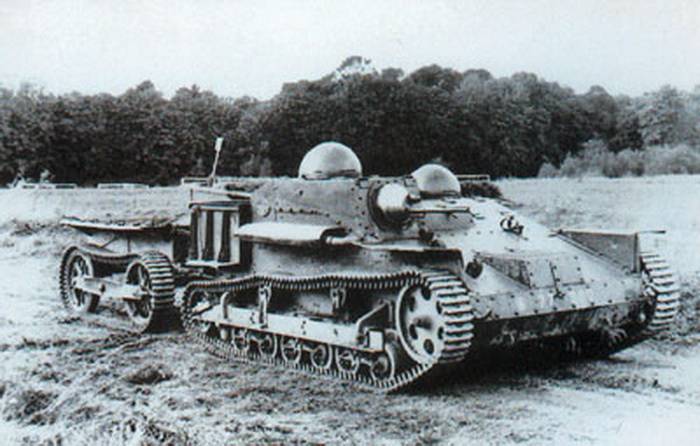
Automitrailleuse legere de contact tout terrain
The 1936 was another attempt to arm an armored transporter. At the request of the Chinese government, France was supposed to supply 10 tank tanks armed with machine guns and several tanks. The vehicles were safely shipped, but they never reached the customer.
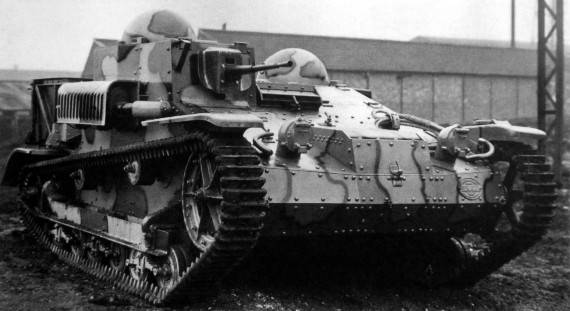
Already during the fighting against the Germans in May 1940, DI (Direction de l'Infanterie, the leadership of the French army) ordered to figure out the Chinese-type 200 transporters with a small armored cabin and one 7,5-mm Reibel machine gun.
31 May 1940, the prototype was ready, and according to available information, successfully passed the test. In this connection, an order was issued for 150 machines of this type. How many of them were released before the capitulation of France, it is difficult to say, there are only a few pictures: German trophies, and already allied trophies. The author does not have information on the use of data from improvised self-propelled guns on the Eastern front, but considers it appropriate to mention them.
By approximate calculations, the Germans got at least 2700 Renault UE of both modifications as trophies. Several hundred cars, mostly in extreme wear and tear, were left to the Vichy government. And the Germans transferred 67 transporters to Italy. In the German army, the Renault UE received the designation UE 630 (f). Part of the machines was upgraded precisely as tractors, which consisted in installing an external fixture for the MG-34 machine gun and reinforced towing mounts, which made it possible to transport 50, 75 and 76,2 mm guns. Transporters were repainted according to German standard.
But the most famous modification of the machine is the 37 transporter of the Pak 36 / 37 anti-tank gun. Full car name: Selbstfahrlafette 3,7 cm Pak 36 auf Infanterieschlepper Renault UE 630 (f).
The decision to re-equip 700 vehicles into self-propelled guns was taken on 17 December 1940, for later use in anti-tank units of infantry divisions. How many of the above quantities fought on the Eastern Front, it is difficult to say. There is information that, in addition to infantry units, they were equipped with six tank destroyer divisions of the Russian command and control groups (216 machines for 36 in the division):
- 463 th (mountain rifle "Norway" of the Norwegian Army);
- 525 th (49 th mountain rifle corps 17 th field army Army Group South);
- 652 th (3 th mechanized corps 1 th tank group GA "South");
- 654-th (12-th Army Corps 2-second tank group GA "Center");
- 560 th (11 th army corps 11 th field army GA "South");
- 563-th (1-I company in the 18-th army; 2-I, 3-I-company in the 26-th army corps 18-th field army GA "North").
There are two types of machines. Actually, the use of the conveyor as a stationary gun for the 37-mm gun (as described above).
And the ersatcariant: the use of the conveyor for its intended purpose, but with the temporary placement of the gun (without dismantling the gun carriage).
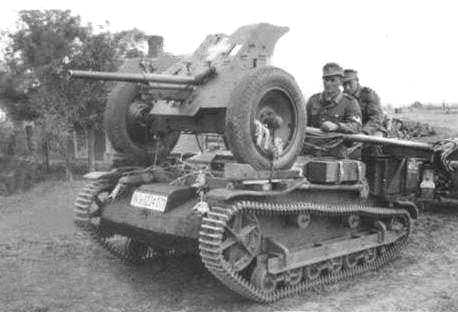
The author did not manage to find out the time period for using the ACS data. But it is logical to assume that with the advent of more powerful ACS type "Marder", armed with long-barreled tank guns, the use of these machines was considered inappropriate, and they were withdrawn from the first line.
In 1941, a machine for artillery observers under the abbreviation Kleiner Funk- und Beobachtungspanzer auf Infanterie-Schlepper UE (f) was released in 40 units in a small lot.
The finalization involved the firm Alfred Becker (specialization - the captured technique). In place of the transport compartment they built a cabin for two people. The machine was used as a mobile observation post in field artillery battalions (150-mm howitzers). According to one version, almost all the machines of this type entered the 21 TD, but for such a unit it is too much. Therefore, it can be quite boldly asserted that these “know-how” were in service with other units.
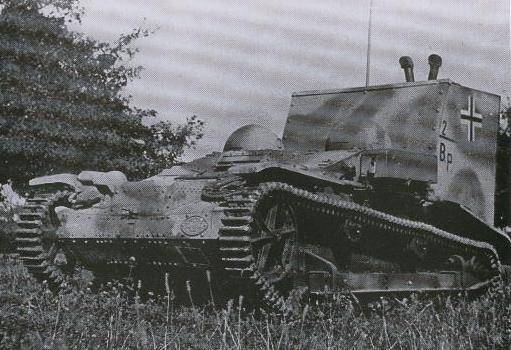
Kleiner Funk- und Beobachtungspanzer auf Infanterie-Schlepper UE (f)
Another very useful and simple, like a pair of slippers, the improvement made by Becker was the cable laying machine Fernmeldekabel-Kraftwagen UE. The difference from the basic tractor Renault UE was the installation in the stern of the equipment for laying the cable. Cheap, practical and fairly safe (for signalers). The use of this model allowed to replace the Sd armored personnel carriers. Kfz.251 / 11 (also cable laying machine). The number of cars produced, and how many of them were on the Eastern Front could not be found out.
Fernmeldekabel-Kraftwagen UE
There was also a small number of shipping vehicles Mannschaftstransportwagen UE (f) ...
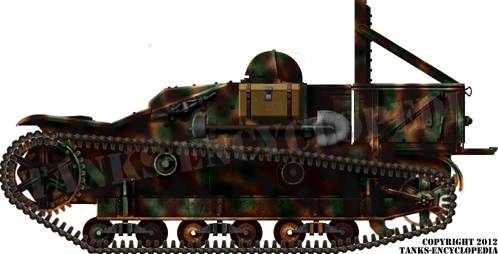
Mannschaftstransportwagen UE (f).
... and tanket shoes called Gepanzerte-MG-Trager UE (f), armed with one X-NUMX-mm MG-7,92 machine gun. It is impossible to assert that the machine was used on the Eastern Front, since the wedge is painted in sand color. And this could happen in 34 in Africa, in the summer of 1942, on the Eastern Front or in Germany at the same time.
Gepanzerte-MG-Trager UE (f)
A sufficiently large number of cars got the Luftwaffe. At first they were used to transport various cargoes (fuel, air bombs, etc.) at field airfields.
Some time later, some of the vehicles were altered to protect the airfields from partisans and sabotage groups. They are called Sicherungsfahrzeug UE (f). The first version was equipped with a fairly large armored wheelhouse on the starboard side and one machine gun. Tanketka had some similarities with the MG-Trager.
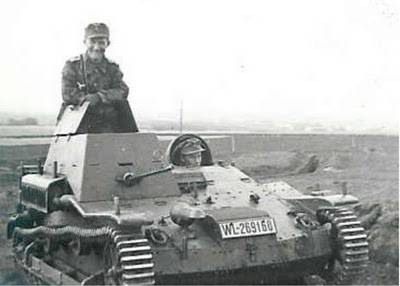
Sicherungsfahrzeug UE (f)
Much more radical and extravagant was the second version. In fact, it was the same Sicherungsfahrzeug UE (f), but with a vertical armored cockpit installed instead of a cargo platform with an 13-mm machine gun.
These engineering wonders of German technology did not from a good life. Guerrillas annoyed thoroughly, and often the presence of an airfield in the front line did not bother them at all. And, in order to quickly respond to the threat, and not to put machine guns every 100-200 meters (which in some places in 1943-1944 were already in short supply), and similar mobile firing points were created. And you say NO-1 ...
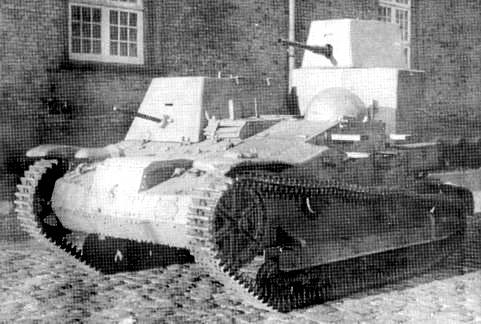
Sicherungsfahrzeug UE (f)
The most incredible is probably the use of these conveyors as a chassis for the MLRS. It's one thing to use Wurfrahmen 40 units on captured R-35 tanks, or native German armored personnel carriers Sd. Kfz. 251, there is a stronger chassis, and there will be more cars themselves. Quite a different matter at Renault UE. Yet, in 1943, the 28 / 32cm Wurfrahmen (Sf) auf Infanteriaschlepper UE (f) launcher was created, consisting of four 280 mm (explosive charge) or 320 mm (incendiary charge) missiles.
A device for launching rocket projectiles from inside the vehicle was mounted on the site of the commander, and a bar with an aiming device was installed on the frontal armor plate. But the German engineers did not take care of strengthening the chassis. Therefore, when making long marches there were breakdowns of the undercarriage. Two options came into service: on the first, 4 rockets were placed in frames on the roof of the cabin, and on the second they were hung up on the sides (two charges per side).
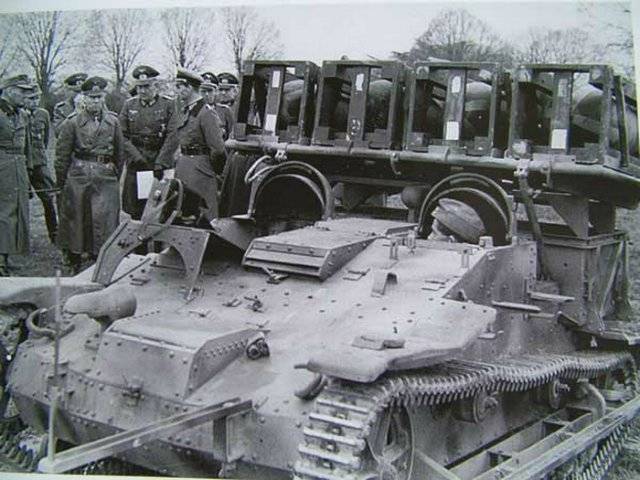
28 / 32cm Wurfrahmen (Sf) auf Infanteriaschlepper UE (f)
The harsh Russian winter made its own adjustments to the use of the UE 630 machine (f). About fifty cars were equipped with a snow plow for clearing the runways.
The most peaceful way to use the Renault UE can rightly be considered the role of the undercarriage for plywood models of the T-34-76 tank for training Wehrmacht personnel. The installation was called Panzerkampfwagen-Attrappe auf UE (f). The number of such alterations is unknown.
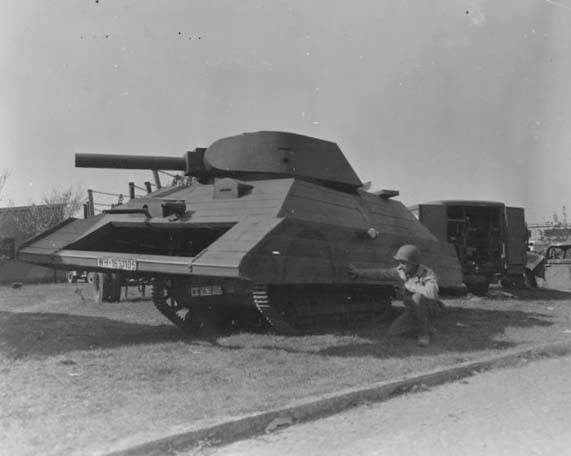
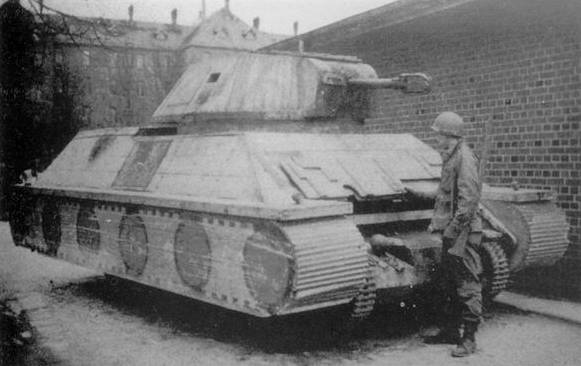
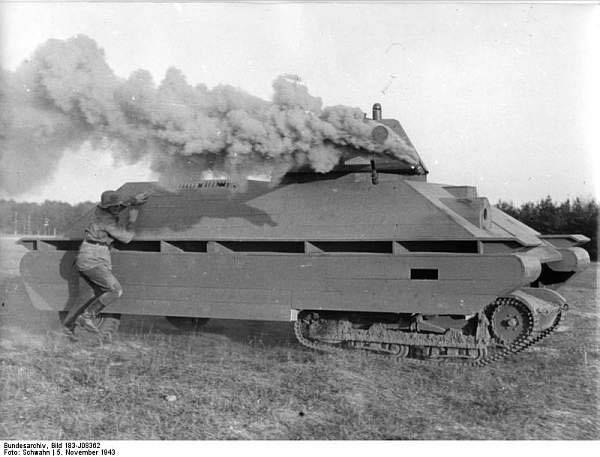
Panzerkampfwagen-Attrappe auf UE (f)
But this unit in most Internet sources appears as “One-tower armored patrol vehicle based on the Renault UE”, although upon closer examination, doubts creep in.
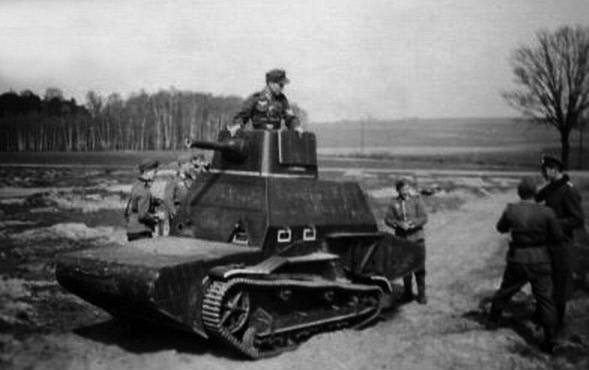
The machine is more like a training than a combat. Unfortunately, it was not possible to clarify this situation.
In addition to the Germans, on the Eastern Front, the Renault UE actively used the Romanians. Back in 1938, Romania acquired from France a license to manufacture this conveyor. Production started at the Malaxa factory in Bucharest. And the car was named Senileta Malaxa Tip UE.
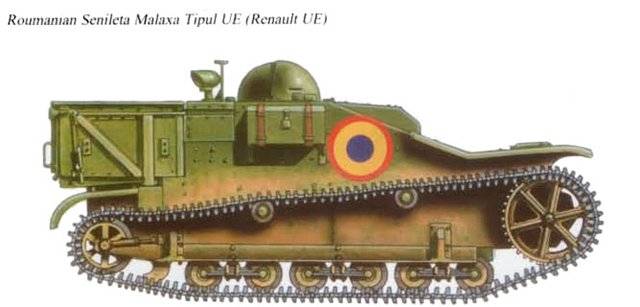
Senileta Malaxa Tip UE
According to the plan wanted to make 300 units. But due to the defeat of France and the termination of deliveries of a number of parts by the concern AMX, they managed to release only 126 units. The Romanian army also had 52 machines of pure French manufacture: 13 units were bought from the French before the war, and 39 trophies handed over by the Germans.
Senileta Malaxa Tip UE were in service with mechanized cavalry regiments, where they served as tractor 47-mm anti-tank guns Schneider Modèle 1936. Most of the tractors were destroyed or captured by units of the Red Army in the first year and a half of the war.
At the beginning of 1943, Romania also had at least 50 transporters, of which 33 was used for crew training, and 17 was modified by Malaxa, which allowed the German 50 mm Pak 38 / L60 to be towed.
In conclusion, I would like to say that the Renault UE transporter turned out to be a fairly successful car. Strange as it may seem, the Germans were able to unleash its full potential by creating a decent number of auxiliary machines, fully confirming the phrase “World War II is a war of motors.” And the reverse trophies inherited by the French in the summer of the 1944 of the year, and the cars of Vichy France were used until the beginning of the 50s.
Sources:
Tanks of France 1920-1940's // armored collection. 2009. No.6.
"Renault UE" in the Wehrmacht // Tankomaster. 2006. No.2.
Walter J. Spielberger. Beute-Kraftfahrzeuge und-Panzer der deutschen Wehrmacht (Band 12 der Reihe "Militarfahrzeuge"). 1992.
http://ost-front.ru/2011/08/12/renaultue/
http://ost-front.ru/2013/12/17/renault_ue_indochine/
http://www.tanks-encyclopedia.com/ww2/france/Renault_UE.php
http://www.aviarmor.net/tww2/tanks/france/renault_ue.htm
http://warspot.ru/1715-frantsuzskaya-tanketka-renault-ue
http://tank-photographs.s3-website-eu-west-1.amazonaws.com/renault-ue-bastogne-barracks-belgium.html
http://www.rulit.me/books/bronetankovaya-tehnika-germanii-1939-1945-chast-ii-broneavtomobili-bronetransportery-tyagachi-i-spec-read-431412-23.html
http://photo.qip.ru/users/modeller11.photofile/200737460/209994214/#mainImageLink
http://www.nemectanki.ru/html/pzfoto/maket.html
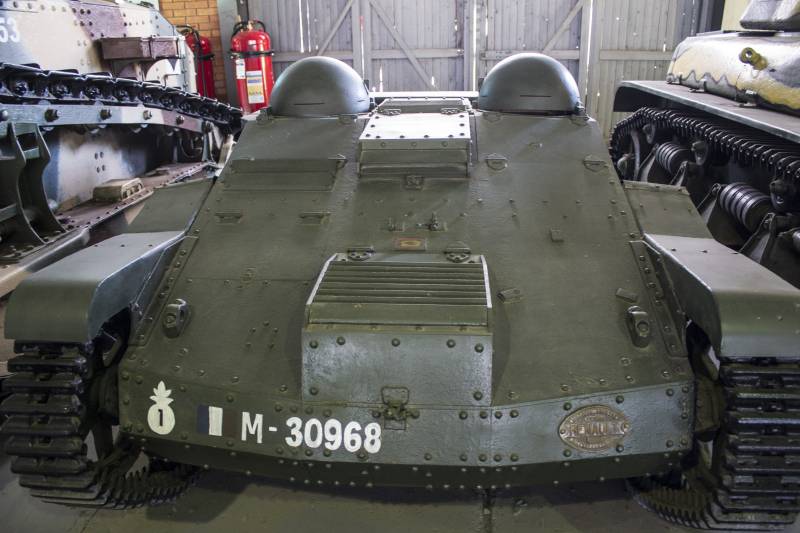

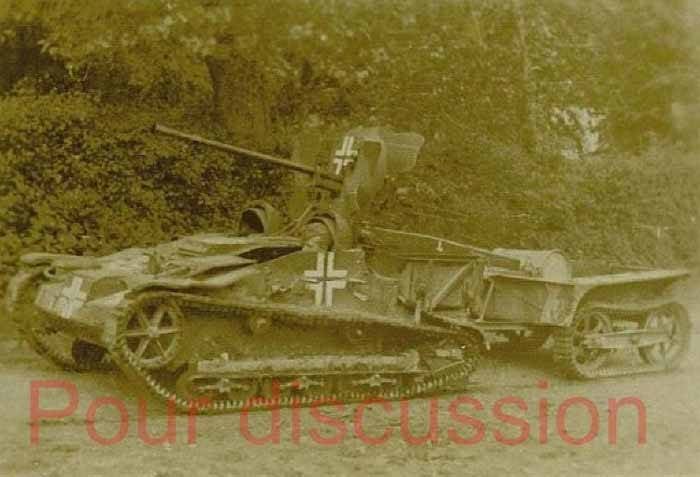
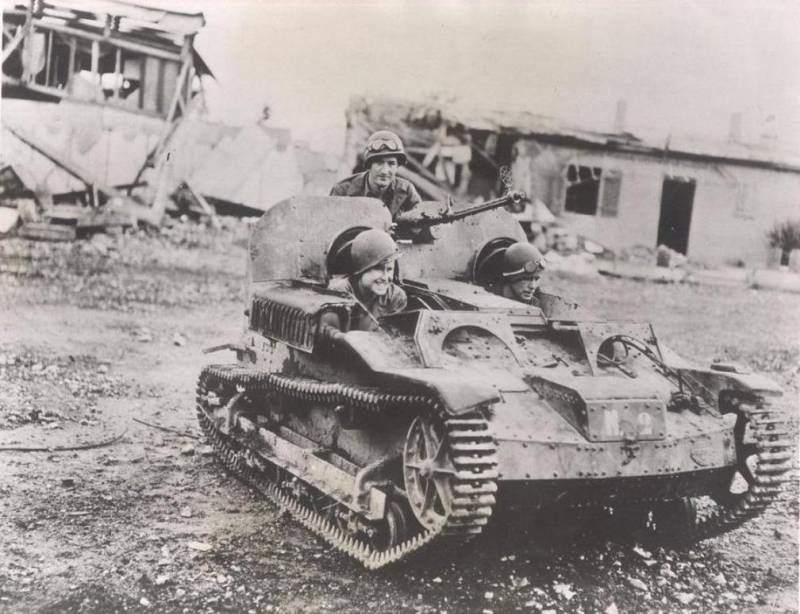
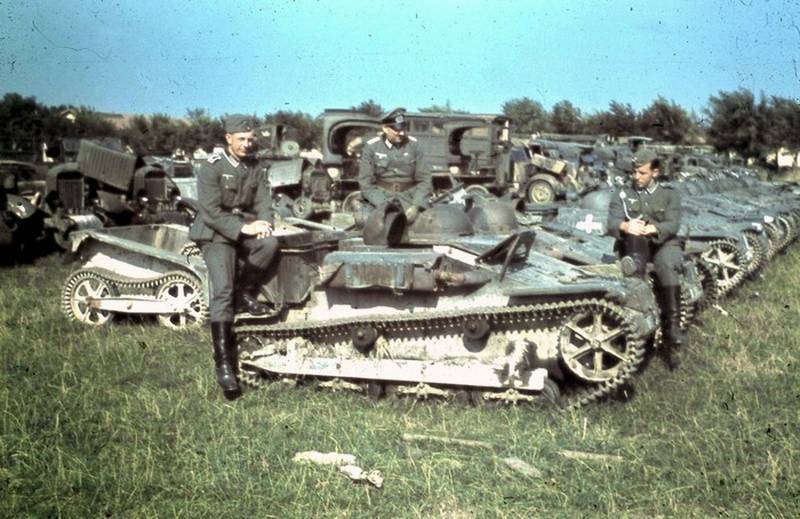
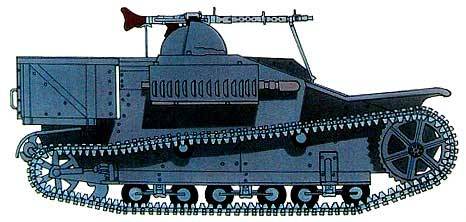 [/ Center
[/ Center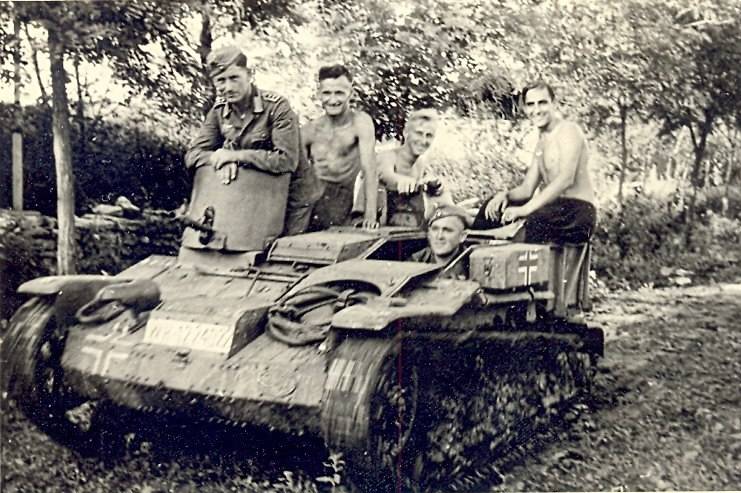
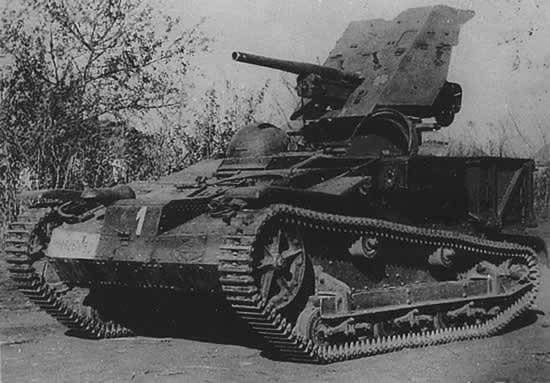
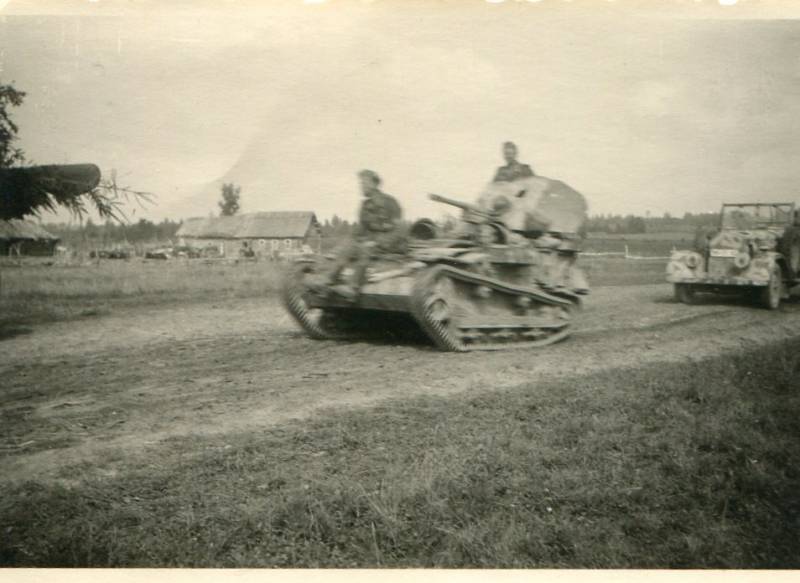
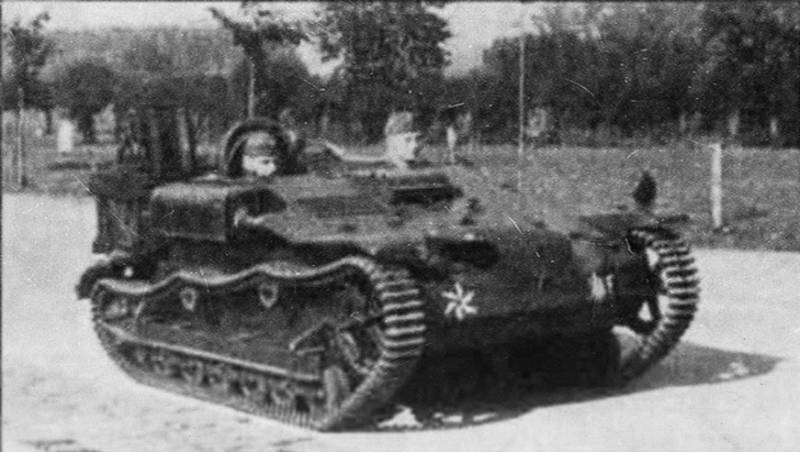
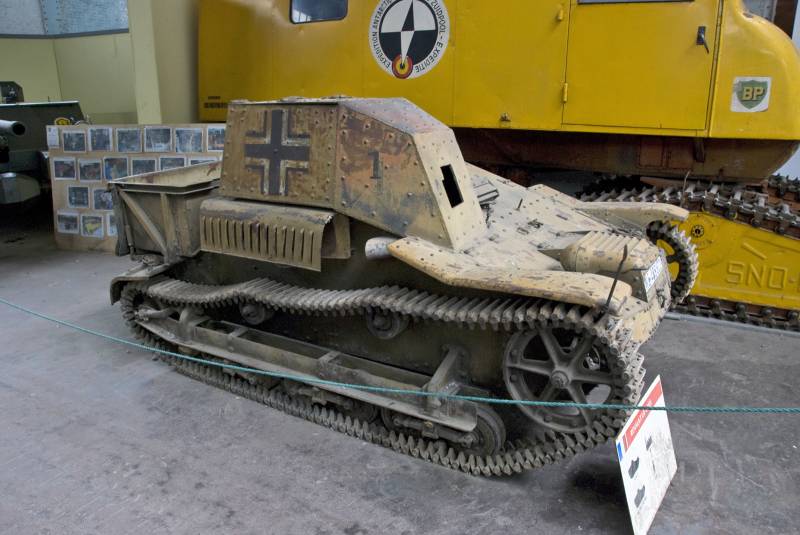
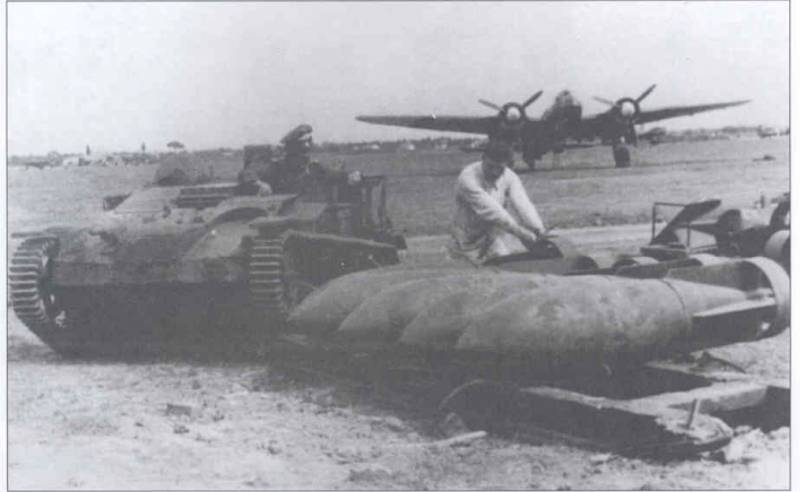
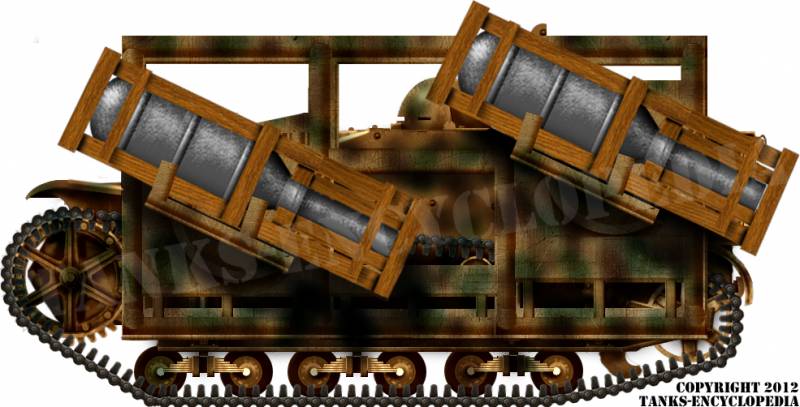
Information